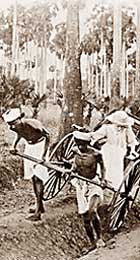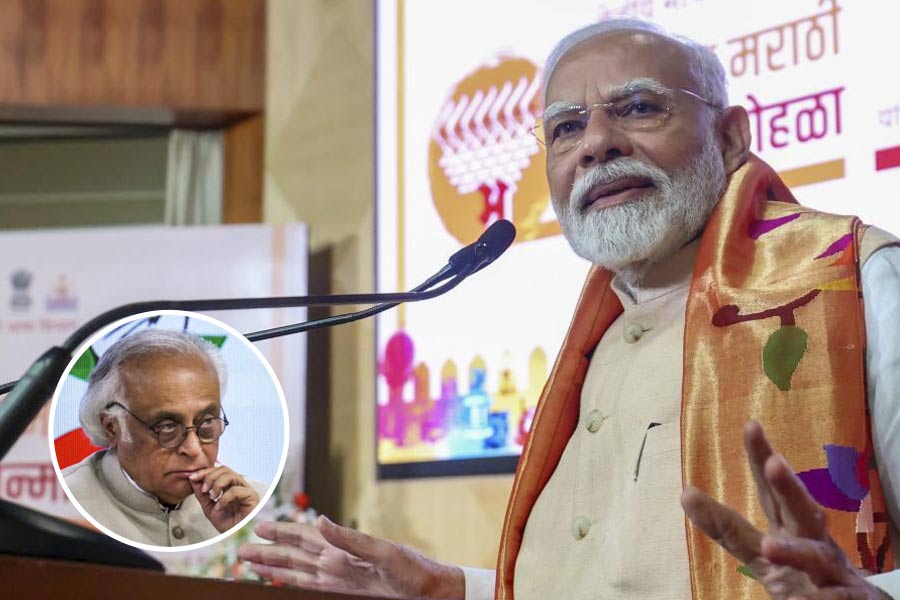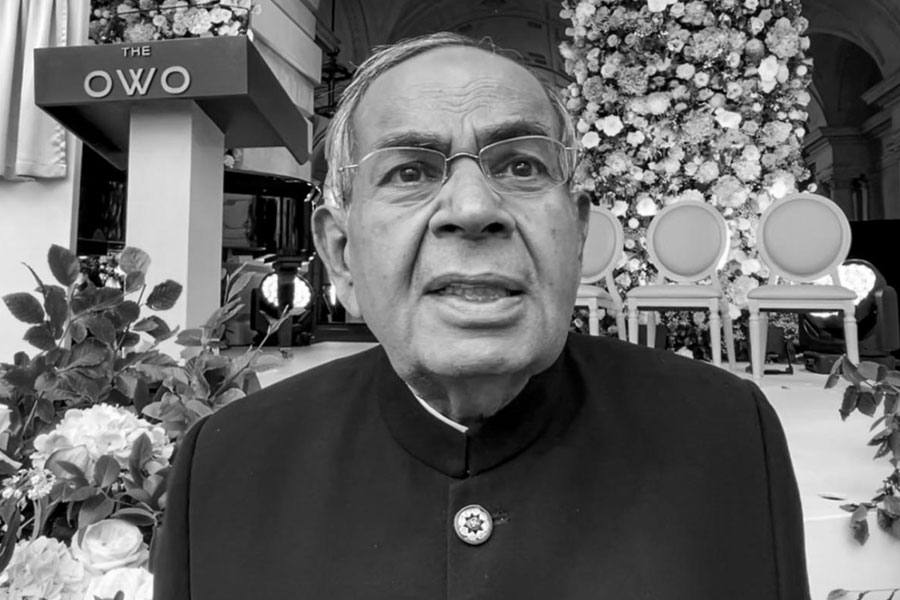|
|
Reading The East India Company, 1720-1840: Colonial Currencies of Gender By Betty Joseph, Orient Longman, Rs 250
Tracking the figure of the woman through the disregarded paths and by-alleys of the East India Company’s official records is a sleuthing exercise that promises few rewards. Yet Betty Joseph’s unrelenting search has yielded ‘traces’ that plot a tale made up, paradoxically, of ruptures and ripples, that bear witness both to the unavoidable presence of women within the shadows of the colonial narrative and the efforts of the narrative to inconspicuously erase them out of the text.
Joseph’s strategy is one of comparison, or parallel readings. Although her focus is the pile of records, reports, letters and registers generated by the expanding operations of the Company in India and its interaction with the board of control in London, she moves laterally into readings of contemporary novels — from Defoe’s Roxana to the ‘India’ novels such as Hartly House, Calcutta by Phebe Gibbes — as well as of other kinds of writing such as memoirs and guidebooks. The strategy, which presumes a tireless and penetrating scholarship, turns representations of women and of gradually changing ideologies inside out, peeling away the carefully disguised distances between historical ‘fact’ and historical representation. The keyword ‘archive’, Joseph says, is used in two ways in her text: as “the intended repository of the official historical record of British colonialism in India” and “in the Foucauldian sense” of an “enumerative field...through which British India emerges, exists, and disappears”. Thus the archive is enlarged through the parallels growing out of official archival practices geared towards producing ‘truth-effects’ and the practices of memory-recording and fiction-writing.
The theoretical richness of the introduction underpins the close readings of the following five chapters, as Joseph searches for ways in which the subaltern can ‘speak’. The sudden appearance, for example, of a Mrs Carey in Holwell’s account of the Black Hole tragedy not only signals an unexplored or partially explored dimension of the narrative, but also uncovers the possibilities of the many hidden agendas that determine the writing of history and of setting down the ‘evidence’ of memory. From the unnamed “Bashwar woman” of the earlier records to Bishnukumari, the Rani of Burdwan, in the later ones, the trails of the woman lead to unexpected insights into the ways in which the private and the public, the governed, the governable and the ungovernable, the ‘native’, the white and the biracial, the elite and the underprivileged, the Englishwoman and Indian women, class and gender were being configured and reconfigured in changing colonial discourse. The exclusion of the female in mercantile and militaristic rhetoric turns out to be a ruse disguising the constitutive role of gender and class in the strategies of governance. What can be contained is as important as what cannot, such as sexuality, reproduction, the need for a ‘home’ in an ‘alien’ land or the claims of a family. The professional and the social are always undercut by the unsocial and the figure of the woman often signals the contradictions within the colonial project, exposing contortions within the apparently smooth narrative of governance.
It is possible to go in one or more of the many directions referred to in the book. It is a precisely written history of ideologies and their change, as well as a feminist reading of historical representation. Joseph’s agenda is to ask why history is written in one way and not in another. As a post-colonial reader, she inaugurates many histories and many literatures.











